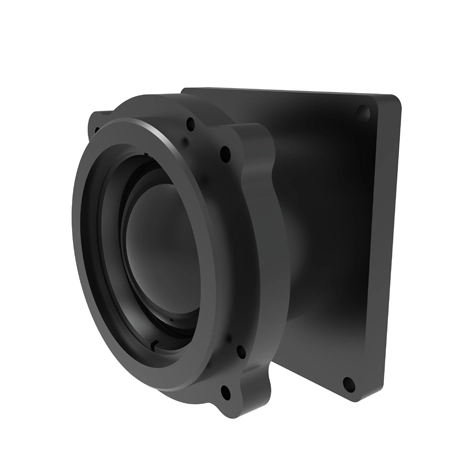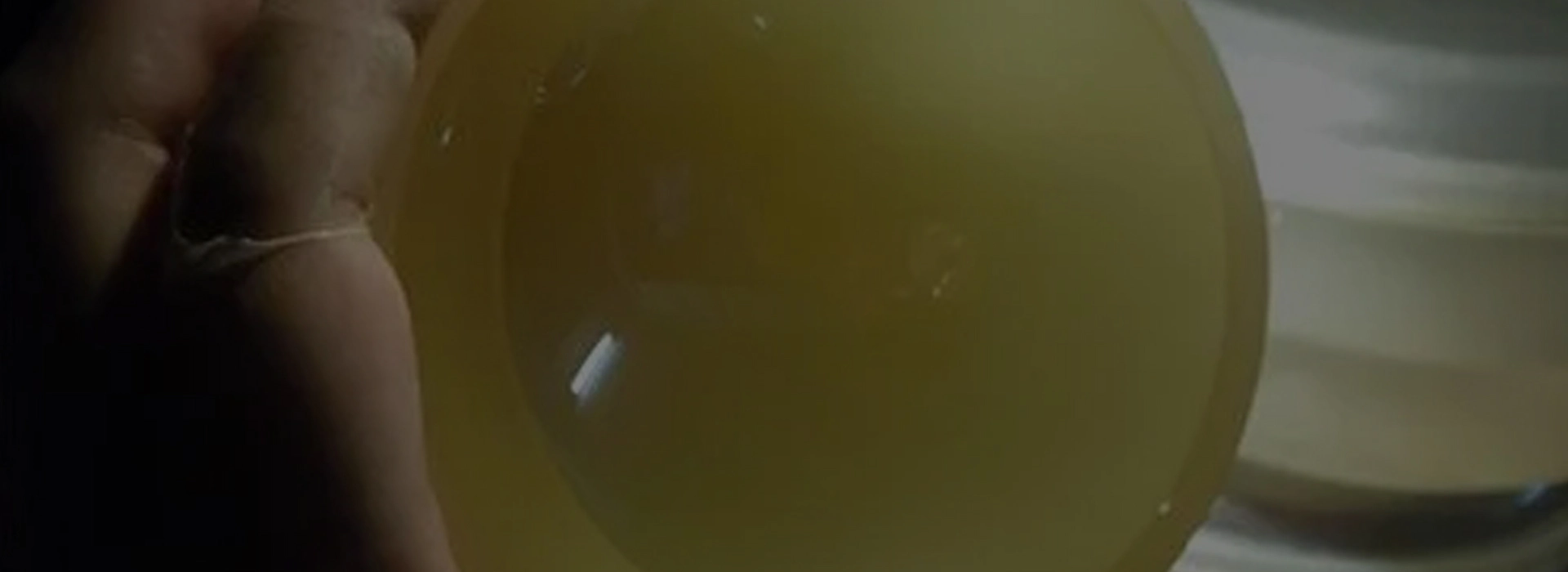Infrared optical products are specialized devices designed to detect, measure, or visualize infrared radiation, which is invisible to the human eye. Infrared optical products, including sensors, cameras, and lenses, are crucial in various applications such as thermal imaging, night vision, security surveillance, and scientific research, offering enhanced visibility and analysis by capturing heat signatures and infrared light.


Infrared imaging is extensively used to assess the thermal efficiency of buildings and machinery. It helps in detecting heat leaks, insulation flaws, and electrical hot spots, enabling corrective measures to improve energy conservation and reduce operational costs.

Infrared cameras provide high-quality imaging in low-light or no-light conditions, making them ideal for security and surveillance applications. They can detect intruders or unauthorized activities in complete darkness, through smoke, or in adverse weather conditions, ensuring round-the-clock security.

In the medical field, infrared imaging plays a crucial role in diagnosing conditions by revealing temperature variations on the skin surface, which can indicate blood flow issues, inflammation, or tumors. It’s a non-invasive method used in various medical diagnostics, including breast cancer screening and vascular health assessment.

Infrared imaging is a powerful tool in industrial and scientific research for its ability to provide detailed thermal profiles and chemical composition analysis. It’s used in materials science, environmental monitoring, and astronomy to study thermal properties, detect gas leaks, and observe celestial objects, contributing significantly to advancements in these fields.

Security and Surveillance: Infrared optical products are pivotal in enhancing security systems. They allow for the monitoring of areas under all lighting conditions, including total darkness, by detecting the infrared radiation emitted by objects or individuals. This capability is crucial for perimeter security, border control, and surveillance of sensitive areas, ensuring 24/7 operation without the need for visible light.
Military and Defense: The military and defense sector relies heavily on infrared technology for night vision, target acquisition, and reconnaissance. Infrared imaging enables soldiers to see in complete darkness, through smoke, and even camouflage, providing a significant tactical advantage. Additionally, infrared sensors are used in missile guidance systems and for monitoring potential threats or activities of interest from a distance.
Healthcare and Medical Diagnostics: Infrared technology has a profound impact on healthcare, particularly in diagnostics. Infrared thermal imaging is used to detect variations in blood flow and heat patterns on the skin, which can indicate underlying health issues such as inflammation, circulatory problems, or tumors. This non-invasive method is also applied in physiotherapy, dermatology, and breast cancer screening, offering a painless alternative for patients.
Building and Construction: Infrared optical products, made of infrared materials, are invaluable tools in the building and construction industry for identifying heat leaks, moisture intrusion, and electrical faults. Thermal imaging cameras can quickly visualize areas of energy loss, inadequate insulation, or water damage, facilitating more efficient building diagnostics and quality control. This not only helps in reducing energy consumption but also in preventing potential structural issues.
Environmental Monitoring: Environmental scientists use infrared technology to monitor vegetation health, water temperatures, and pollution levels. Infrared sensors on satellites and drones capture detailed thermal images and data of the Earth’s surface, aiding in the study of climate change, natural disasters, and wildlife patterns. This information is crucial for conservation efforts and understanding environmental impacts on a global scale.
Scientific Research: Infrared optical products,such as optical sights, play a critical role in various scientific research fields, including astronomy, materials science, and chemistry. Astronomers use infrared telescopes to observe celestial objects hidden by cosmic dust, revealing phenomena invisible to optical telescopes. In materials science, infrared spectroscopy helps in identifying chemical compounds and studying molecular structures, while thermal imaging can analyze the thermal properties of materials under different conditions.
Each of these industries benefits from the unique capabilities of infrared optical products to detect, measure, and visualize infrared radiation, providing insights and solutions that are otherwise unattainable with standard optical devices.


Define Your Application Requirements:
Before selecting an infrared optical product, it’s crucial to clearly understand what you need the device for. Different applications may require different types of infrared technology. For instance, if you need to monitor electrical systems for hotspots, a thermal imager with high resolution and sensitivity might be necessary. On the other hand, for night-time security surveillance, an infrared camera capable of long-distance detection in complete darkness would be more appropriate. Identifying your specific needs helps narrow down the options to those products best suited for your application.

Consider Resolution and Sensitivity:
The resolution and sensitivity of an infrared optical product determine how detailed and accurate the thermal images or measurements will be. Higher resolution cameras provide clearer images, making it easier to identify and analyze thermal patterns and anomalies. Sensitivity, or the smallest temperature difference the camera can detect, is also critical, especially in applications where detecting minute changes is essential. For precise diagnostics or detailed thermal mapping, opt for products with higher resolution and sensitivity.

Evaluate Environmental Conditions:
The environment in which the infrared product will be used can significantly impact its performance. Factors such as operating temperature range, presence of smoke, dust, or moisture, and the physical distance from the target all influence the choice of product. Some infrared devices are designed with rugged casings for outdoor use or in harsh industrial environments, while others may offer enhanced features like humidity compensation for accurate measurements in moist conditions. Ensure the product you choose can operate effectively within the specific conditions of your application.

Assess Additional Features and Connectivity:
Modern infrared optical products come with a variety of additional features and connectivity options that can enhance their functionality and ease of use. Features such as integrated Wi-Fi for remote data access, onboard image processing for real-time analysis, and compatibility with software for detailed reporting can be incredibly useful. Consider what extra features might benefit your application and check the connectivity options to ensure they align with your existing systems or preferences for data management and analysis.

 Call us on:
Call us on:  Email Us:
Email Us:  No.9 Zhongxing East Road, Lishui Economic Development Zone, Nanjing, Jiangsu, China
No.9 Zhongxing East Road, Lishui Economic Development Zone, Nanjing, Jiangsu, China